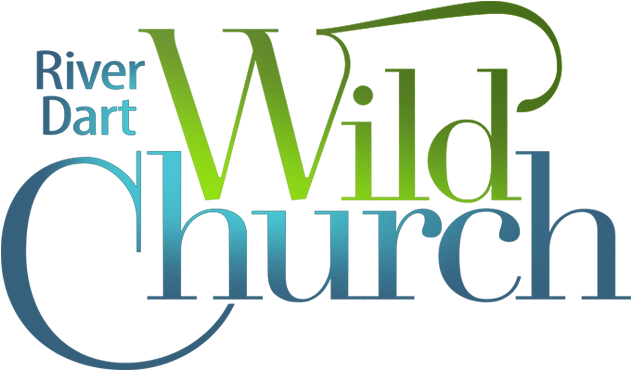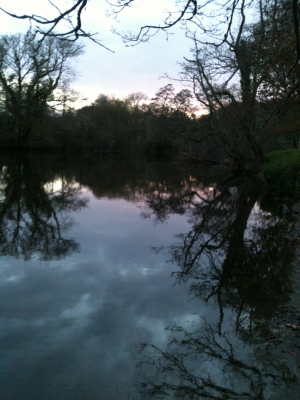 One Sunday evening, Sam and I (Beth) were walking on the moors with my parents who were visiting for the weekend. We’d gone to church together that morning, followed by a long roast lunch, and we were now walking around Hound Tor into the dusk. I said to Sam “I’d love to do this with you regularly – church, lunch, walk.” A few weeks later Sam and I were walking together on the Dartington Estate. Sam said to me (something to the tune of) “Beth, how about we make it an offering to others and we make it a pilgrimage along the River Dart?” This was the day that Wild Church was conceived, and a few weeks later it was born and walking!
One Sunday evening, Sam and I (Beth) were walking on the moors with my parents who were visiting for the weekend. We’d gone to church together that morning, followed by a long roast lunch, and we were now walking around Hound Tor into the dusk. I said to Sam “I’d love to do this with you regularly – church, lunch, walk.” A few weeks later Sam and I were walking together on the Dartington Estate. Sam said to me (something to the tune of) “Beth, how about we make it an offering to others and we make it a pilgrimage along the River Dart?” This was the day that Wild Church was conceived, and a few weeks later it was born and walking!
The first Wild Church group met in Dartington – starting at St Mary’s church, Dartington, followed by sharing food together at the village hall, then walking along the river to the ancient yew tree on the Dartington Estate (where the tower of the old Dartington church still stands), and finally back down to St Mary’s where we lit candles in the now dark and enchanted church. I walked home, elated with wild spirit, reflecting on the longing I’ve often felt to belong to a spiritual community, and the alienation I’ve often felt in church communities. I felt that longing being met in a church that belongs to the earth, to the wild. I felt inspired by the simplicity of creating a church on the invitation to be together in community with intention, presence and reverence.
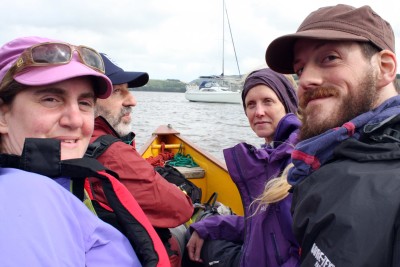
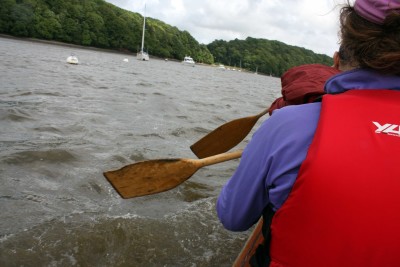
Twenty months later, having pilgrimaged along the winding river from Dartington to its source near Postbridge, we completed our journey towards the mouth on top of the river herself. At times we glided our paddles through gentle water, at times the water carried us, and at times we huffed and puffed through strong currents and powerful wind, calling “1…2…3…4…5…6…” with each stroke we heaved.
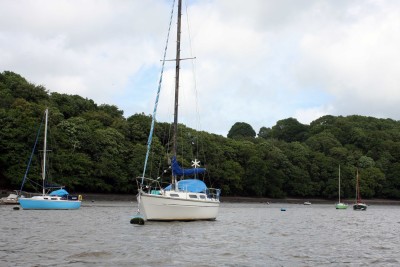
The gentle waters were off the shores of Totnes, which was our starting point and gratefully so, as it enabled paddling arms to warm up. Down the river our Canadian Canoe drifted between oak forest lining the bank on our left and Sharpham Estate on our right. ‘Dart’ from an old Celtic word meaning oak, it is for these forests which once covered this land that our river gets its name. They look at once majestic and humble on the banks of the river, with their top branches stretching to the skies and lower branches and roots seductively cloaked by the seaweed of the waters. I notice the way the seaweed bridges the boundary between water and land, merging two worlds and creating its own eerie looking world ‘in between’.
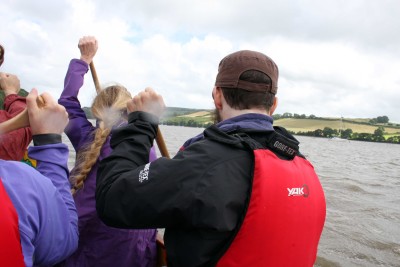 Paddling further and further from Totnes, the river widens and becomes estuary, and paddling becomes considerably more strenuous. Where at first our paddles clumsily crashed and splashed, by this point we were beginning to form a rhythmic community of the river. An ancient beat began to propel us through the water; a beat that powered our strokes and united our spirits and we moved together without words. I revelled in this emerging rhythm and lost my thoughts to the dance. Paddles crashed again when thoughts returned or presence wandered; I soon learned that what was needed was the intelligence of body in rhythm and the presence of mind without thought.
Paddling further and further from Totnes, the river widens and becomes estuary, and paddling becomes considerably more strenuous. Where at first our paddles clumsily crashed and splashed, by this point we were beginning to form a rhythmic community of the river. An ancient beat began to propel us through the water; a beat that powered our strokes and united our spirits and we moved together without words. I revelled in this emerging rhythm and lost my thoughts to the dance. Paddles crashed again when thoughts returned or presence wandered; I soon learned that what was needed was the intelligence of body in rhythm and the presence of mind without thought.
A welcome break was offered when we landed on a shore near Stoke Gabriel. Some of us walked to the ancient yew tree in the grounds of Stoke Gabriel church, while others fuelled up on tea. Back in the canoe we paddled on, through water that flowed with the gusto of the sea, down past Dittisham, which was as close to the sea as we could go today. A solitary seal was a companion for a while and we drew up to the shore for our final stop behind a bank of oyster beds.
On the shore we drank tea again, but this time it was heated by the flames of our own fire sparked with flint and fuelled with collectively gathered wood. In a circle around the fire, we brought the communion of canoeing into ceremony with raspberries and mint tea, both gathered by Sam from her garden in Dartington. As is Wild Church tradition, we received the fruits of our communion from our neighbour on one side, and offered to our neighbour on the other. For me, ceremony symbolises and honours what is sacred in all of life. This ritual space of communion held in the centre of our day represented the rhythmic communion of our canoeing community; in relationship and reverence to the abundant life we encountered along the way.
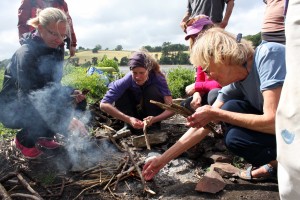
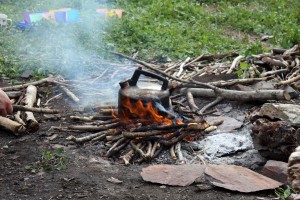
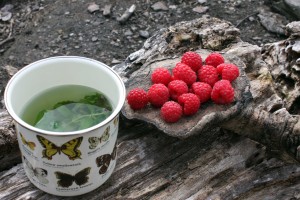
On our return route, heading to Tuckenhay for dinner, we joined the dinner parade of river life. Herons standing as statues waiting patiently for fish; cormorants diving graciously and powerfully into the depths of the river; and egrets and curlews hunting and calling along the shore.
As we paddled into Bow Creek and caught sight of our own dinner (or at least the potential of it at the Malsters Arms), we were met with the roughest waters yet. The thought of a burger and a beer powered my strokes as I called out “1…2…3…4…5…6…7…8…9…10” in joyful unison with the voices of my fellow canoeists.
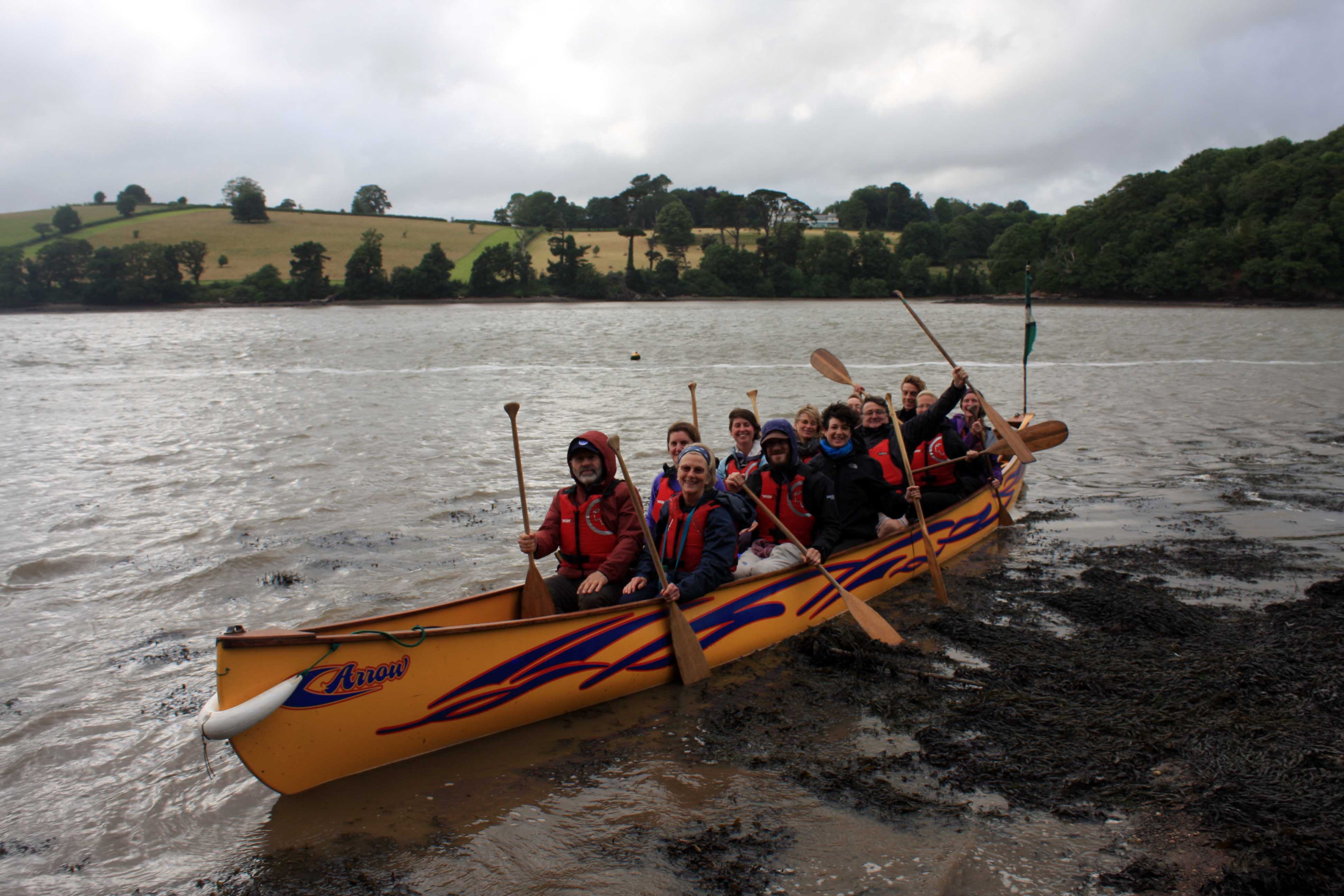
Many thanks to Canoe Adventures and the wonderful Hal for being our river guide.
Words and photos by Beth Thomas.
